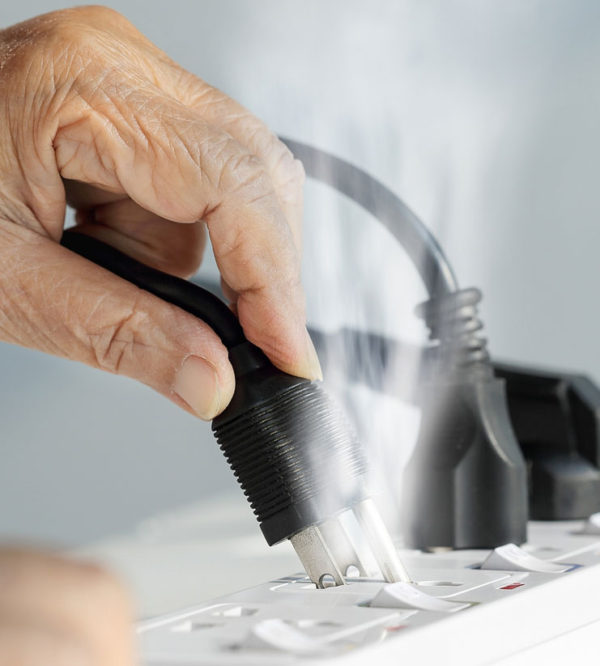


an ohmmeter, or Ohm meter multimeter etc.), then you can test and be certain whether the original outlets had the top and bottom plugs connected together or disconnected. If you still have the old outlets which you removed and you have a continuity meter (e.g. You can do that testing by either testing the circuits as they exist in the home (which can be quite inconvenient), or, assuming the outlets you were replacing were functional, you can test the replaced outlets to determine how they were actually connected. Ultimately, the only way that you are going to know if the circuits were connected is to test. The negative consequences can be anything from breakers that are immediately tripped (which indicates a hazardous condition) to various other hazardous conditions which could be harmful/annoying now and/or hazardous in the future (various possibilities are discussed in other answers). If they were on separate circuits, then there are negative consequences to leaving them connected. However, as you've noted, it's also possible that the wires were on completely separate circuits. It's not that unusual for the two sets of connections on the back of an outlet to be used to connect the wires coming from the breaker panel to the wires going to other outlets on the same circuit.


 0 kommentar(er)
0 kommentar(er)
